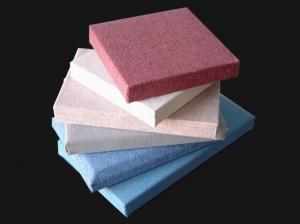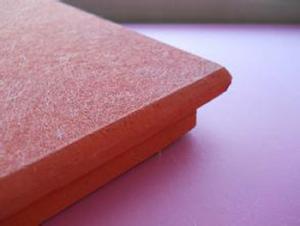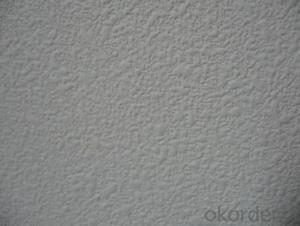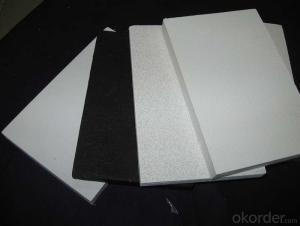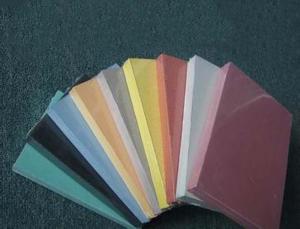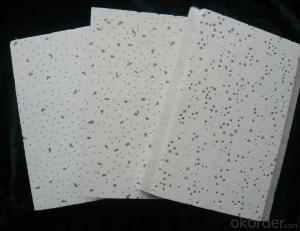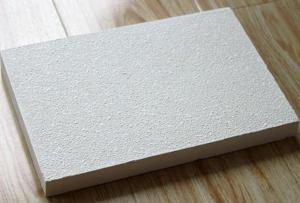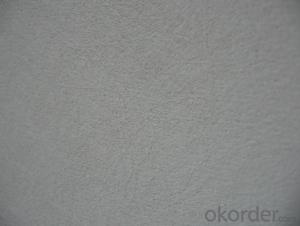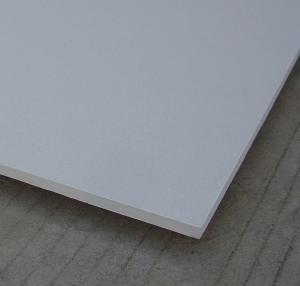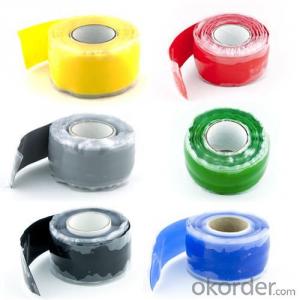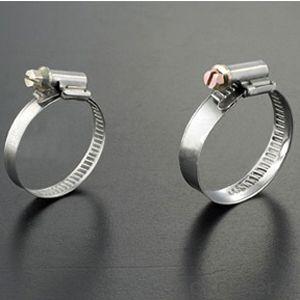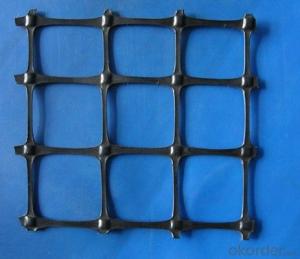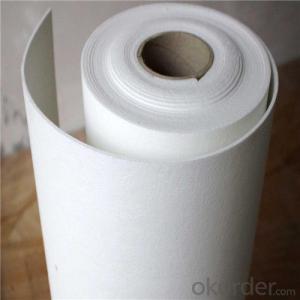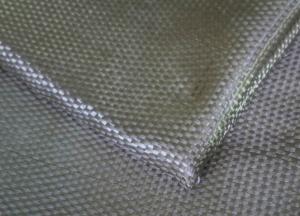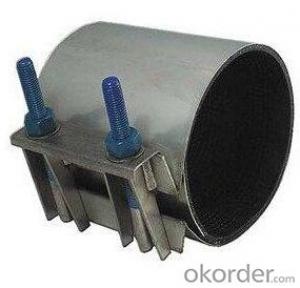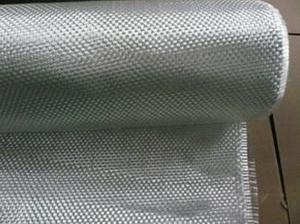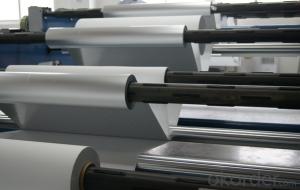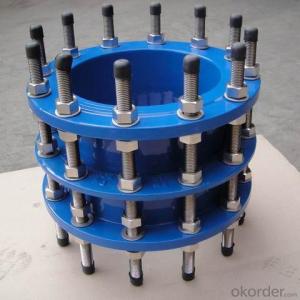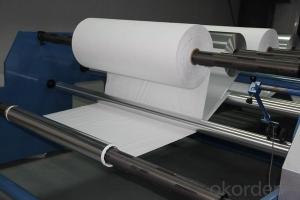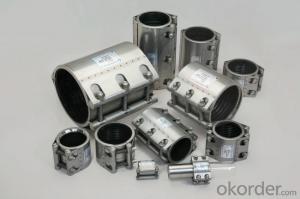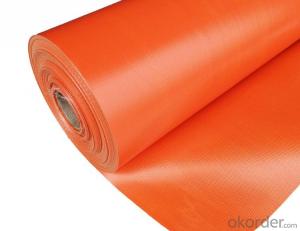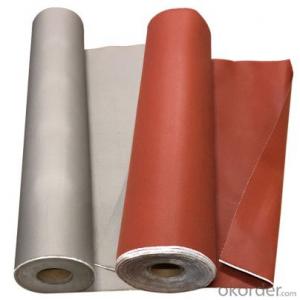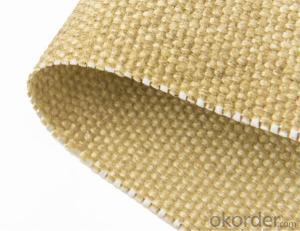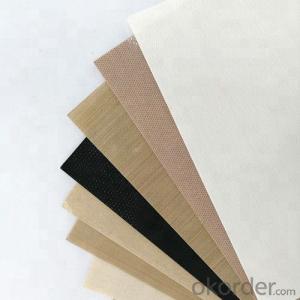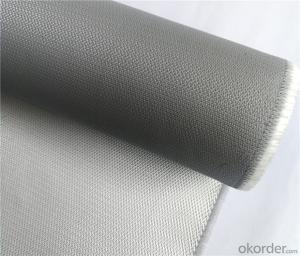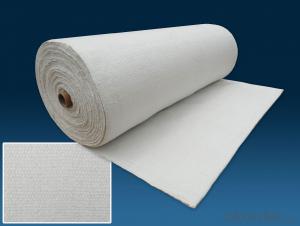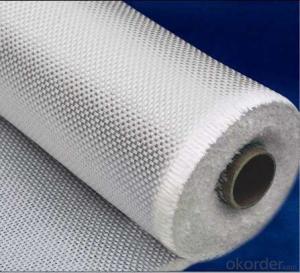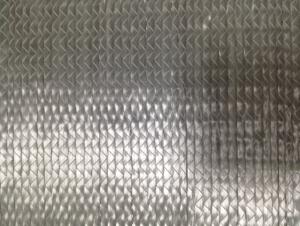Surfboard Fiberglass Repair
Surfboard Fiberglass Repair Related Searches
Led Light Bulbs For Ceiling Fixtures Decorative Ceiling Plate For Light Fixture Ceiling Plate For Hanging Light Fiberglass Sheets For Roofing Track Lights For Kitchen Ceiling Lights For Kitchen Ceiling Lights For Fall Ceiling Spotlight For Ceiling 5 Blade Ceiling Fan With Light 12X12 Ceiling Tiles With HolesHot Searches
Fiberglass Scaffolding For Sale Plastic Roof Tiles For Sale Fiberglass Panels For Sale Fiberglass Greenhouses For Sale Cost Of Concrete Tile Roof Roof Insulation Price Artificial Slate Roof Tiles Price Ceiling Fan Lowest Price Tesla Solar Roof Inverter Types Of Flat Roof Coverings Stone Wall Tiles Cost Company Office Design Ceramic Roof Tiles Cost Metal Roof Tiles Prices Cement Roof Tile Manufacturers Clay Roof Tile Manufacturers Synthetic Roof Tiles Cost Roof Clay Tiles Prices Interlocking Roof Tiles Prices 30 Year Roof Shingles PricesSurfboard Fiberglass Repair Supplier & Manufacturer from China
Okorder.com is a professional Surfboard Fiberglass Repair supplier & manufacturer, offers integrated one-stop services including real-time quoting and online cargo tracking. We are funded by CNBM Group, a Fortune 500 enterprise and the largest Surfboard Fiberglass Repair firm in China.Hot Products
FAQ
- The influence of bag dust removal on dust filtration
- The filter speed V (or than the load QF) is an important technical and economic index representing the capacity of the bag filter to treat gas. The selection of filtration rate should take account of economy and the requirement of filter efficiency. From the economic considerations, the filtration rate is high, with the same flow gas required filter area is small, then the size of the dust remover, the area, the steel consumption is also small, so the investment is small, but the pressure loss, power consumption, damage dust filter increases, because of high operating costs. From the aspect of dust filtration efficiency, the influence of filtration rate is remarkable. Some experiments show that the filtration rate increases by 1 times, and the dust passing rate may increase by 2 times or even more than 4 times. So the filter speed is usually expected to be lower. The filter speed of the fabric filter cloth is 0.5 ~ 2m/min, and the felt filter material is 1 ~ 5m/min. From the two aspects of economy and efficiency, this filter speed range is the most appropriate. When the filtration rate increases, it will intensify the penetration of dust particles by three ways, namely, through, extrusion and air holes, thereby reducing the dust removal efficiency.
- Fiberglass fabric plays a crucial role in the production of fire-resistant curtains due to its unique properties and capabilities. Fire-resistant curtains are designed to prevent the spread of fire and minimize its impact in case of a fire emergency. Fiberglass fabric is woven from fine glass fibers, which are known for their high resistance to heat and flames. This makes it an excellent choice for fire-resistant curtains as it acts as a barrier between the flames and the surrounding areas. In the production process, fiberglass fabric is typically treated with special fire-retardant chemicals or coatings to enhance its fire-resistant properties. These treatments can further increase the fabric's ability to withstand high temperatures, prevent flames from spreading, and minimize smoke production, thus providing a more effective fire barrier. The fiberglass fabric used in fire-resistant curtains is also lightweight and flexible, making it easy to handle and install. This allows for seamless integration into various settings such as homes, offices, theaters, or industrial facilities. Furthermore, fiberglass fabric is durable and long-lasting, ensuring that the fire-resistant curtains remain effective for an extended period. It can withstand regular wear and tear, exposure to sunlight, and the effects of moisture without compromising its fire-resistant properties. Overall, fiberglass fabric is a critical component in the production of fire-resistant curtains due to its exceptional fire-resistant capabilities, flexibility, durability, and ease of installation. By using fiberglass fabric, these curtains provide a reliable and efficient solution to protect lives and property in the event of a fire.
- Fiberglass fabric is highly resistant to abrasion, making it an ideal choice for mining operations. Its strong and durable nature allows it to withstand the harsh conditions and abrasive materials commonly encountered in mining activities. Additionally, its low friction properties reduce wear and tear, ensuring a longer lifespan and minimal maintenance requirements.
- Yes, fiberglass fabric can be used for heat shields. Fiberglass is known for its excellent thermal insulation properties, making it an ideal material for heat shields. It can withstand high temperatures without deforming or melting, which is crucial for protecting sensitive equipment or structures from heat damage. Additionally, fiberglass fabric is also lightweight, flexible, and can be easily molded or cut into desired shapes, allowing for easy installation in various applications where heat protection is required.
- Fiberglass fabric typically lasts for a long time, often up to 20 years or more, depending on various factors such as the quality of the fabric, maintenance, and environmental conditions.
- No, fiberglass fabric is not suitable for ducting as it lacks the necessary strength and durability required for such applications.
- Yes, fiberglass fabrics can be used for reinforcement in wind turbine blades. Fiberglass is a commonly used material in wind turbine blade manufacturing due to its high strength, durability, and lightweight properties. It helps enhance the structural integrity and performance of the blades, making them more efficient in capturing wind energy.
